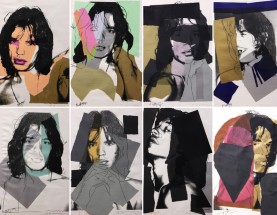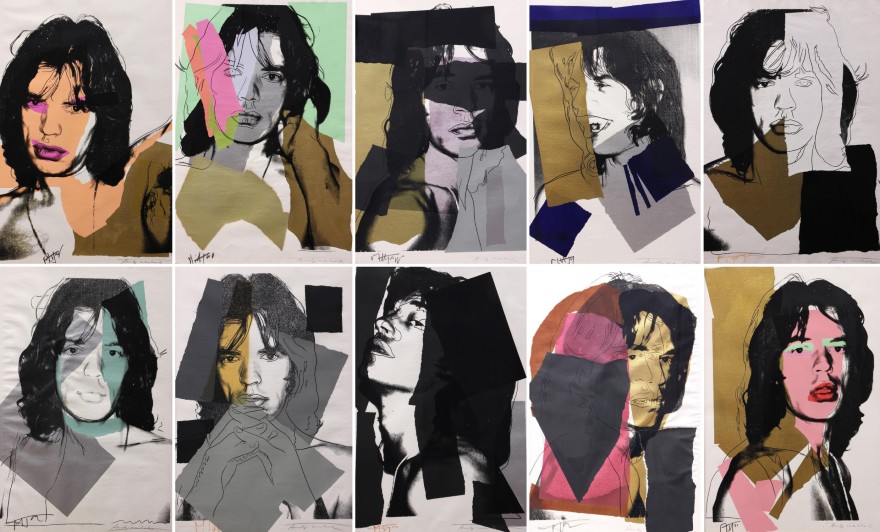
NEW YORK – The language of art prints may seem a bit daunting to those new to collecting this field with terms like intaglio, giclee, woodcuts, monotypes, linocuts, etchings and lithographs. A print is a general label that can be used to describe many different processes and techniques. While some prints can be quite valuable, fetching six-figure sums, prints are generally more affordable than paintings and offer a good entry point into the fine art market. Their beauty also proves addictive to art collectors, both new and seasoned, making the prints market quite competitive today.
Holly Sherratt, director of Modern & Contemporary Art at Heritage Auctions, said there are four main types of prints distinguished by materials and process with no one technique being inherently more valuable than another. Relief prints, such as linocuts, are made by carving into a surface such as wood or linoleum and then printing the raised surfaces. Intaglio prints are made by carving lines into a (usually) metal plate and then printing those carved out areas. Lithographs are made by fixing a drawing on a stone or plate using an acid-based solution. Screenprints are made by pressing ink through a screen over some type of stencil.

“As artists experiment and combine techniques, the methods become more complex,” she said. “I highly recommend taking a private tour of a printmaking workshop and watching these techniques in action. Once you see the work come to life, you’ll catch the print-collecting bug like I did.”
When paintings are out of reach of one’s budget, many collectors turn to prints. “Because prints are made in multiple editions, collectors can own a recognizable work by a famous artist for the fraction of the cost of a unique painting or drawing,” Sherratt said. “For a small investment, a collector can own an affordable work of art by a well-known artist such as Calder, Miro or even Picasso. Prints have become widely available and accessible at all price points from $100 to well over $100,000 depending on the artist and image.”

Pop art artworks by Andy Warhol, Jasper Johns and Roy Lichtenstein generally make the top-selling list and the print market is thriving. “We’ve had so much demand that we’ve increased our print sales from twice a year to once a month and have even had some weekly sales,” she said. “Prints used to be the entry point to collecting but now seasoned collectors also compete for prints and prices have been rising.”
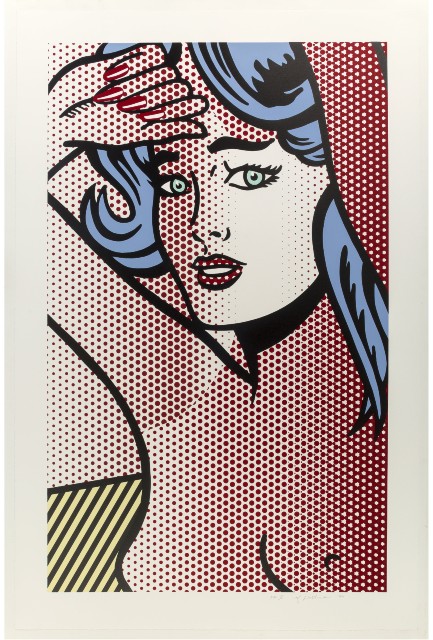
Prints are an easy medium to collect online since the images are familiar, they are easy to represent as digital images, and are generally easier to ship than other artworks. Because prints are multiples, they are also memorable. “A collector might see a print in person at a museum, art fair, or gallery and then buy the same image online a year or two later,” Sherratt said. “If you buy a print at auction, you can also take advantage of the resale market down the road so the reward to risk ratio is high.”
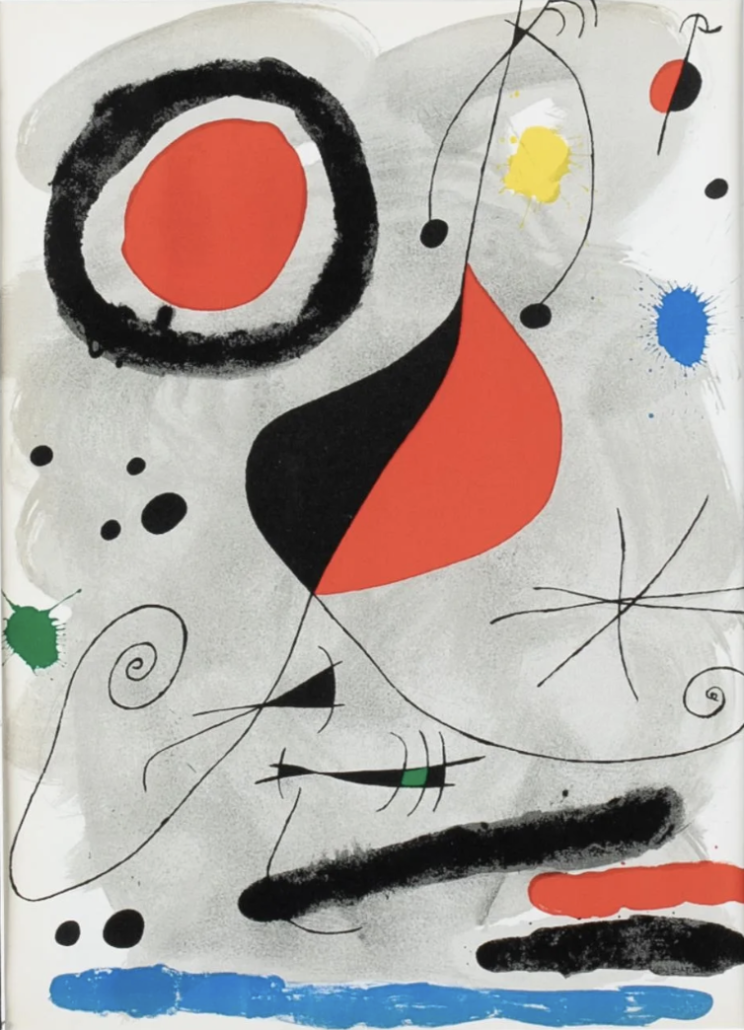
New collectors should pay heed to edition numbers. The edition is the total number of prints for a given image. There might be one print in the edition or several hundred. The printer generally numbers the work as a fraction in the lower margin, for instance, 1/50, 2/50, and so on. “While the individual prints in a sequence are generally priced the same, the number of prints in the overall edition could make a big difference in terms of value,” she said. “A Picasso print from an edition of 40 will almost certainly be more valuable than a Picasso print from an edition of 500.”

One also needs to beware of reproductions and know the difference between a fine art print, poster, or giclée (inkjet print). “A poster is a photomechanical reproduction of a painting or drawing and is usually printed in a very large edition on a commercial printing press,” Sherratt said. “A giclée is also a photomechanical reproduction printed on paper or canvas using an inkjet print. Both types of prints are generally lower in value than a fine art print because these are copies of other works of art.”
By contrast, an original print is made directly on a copper plate, lithographic stone, woodblock or silkscreen. An original print is not a copy of another work. An artist creates the artwork directly on the printing matrix and then prints a small edition of the images.
The type of signature used also affects a print’s value. “Look at the signature closely. For contemporary works, the most valuable prints are generally signed and numbered in pencil in the lower margin. Many reproductions have printed signatures and have not been touched by the artist,” she said.
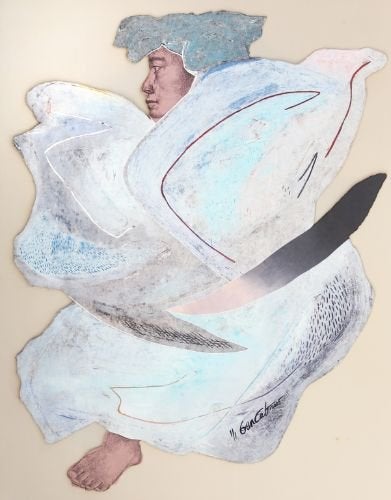
After buying, make sure to properly frame your artwork using acid-free materials and keep them out of direct light. “Too much exposure to light can fade the colors and stain the paper. Sun and moisture are the enemies of any work on paper,” Sherratt said. “Finally, buy what you love and spend what you can afford. Even if you are new to print collecting and haven’t fully grasped the language of the trade, you can still appreciate the artwork.”
# # #


